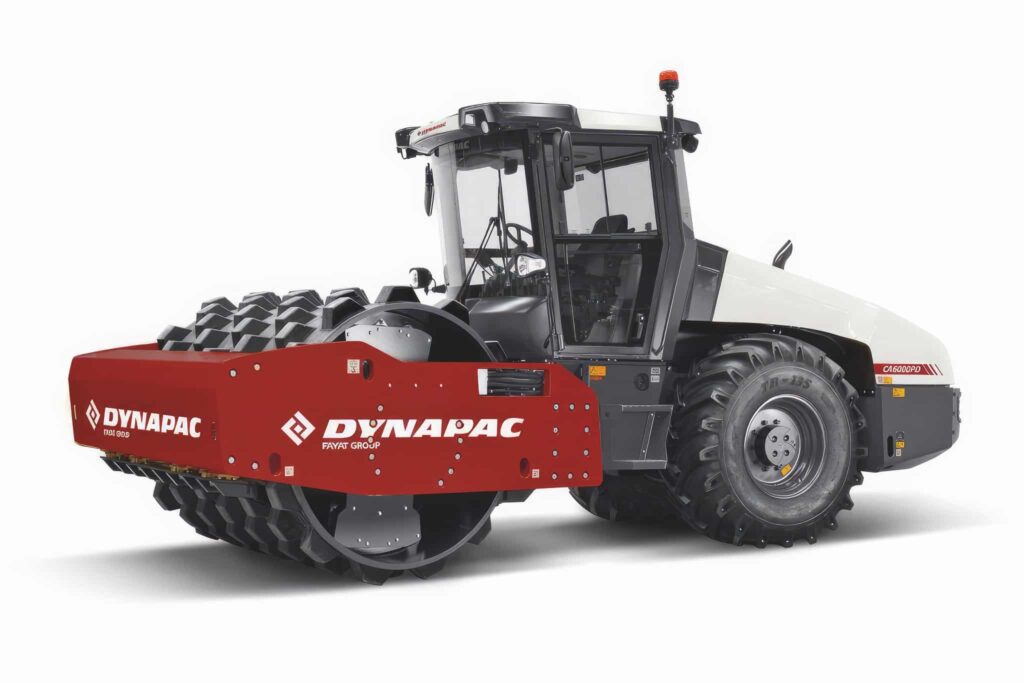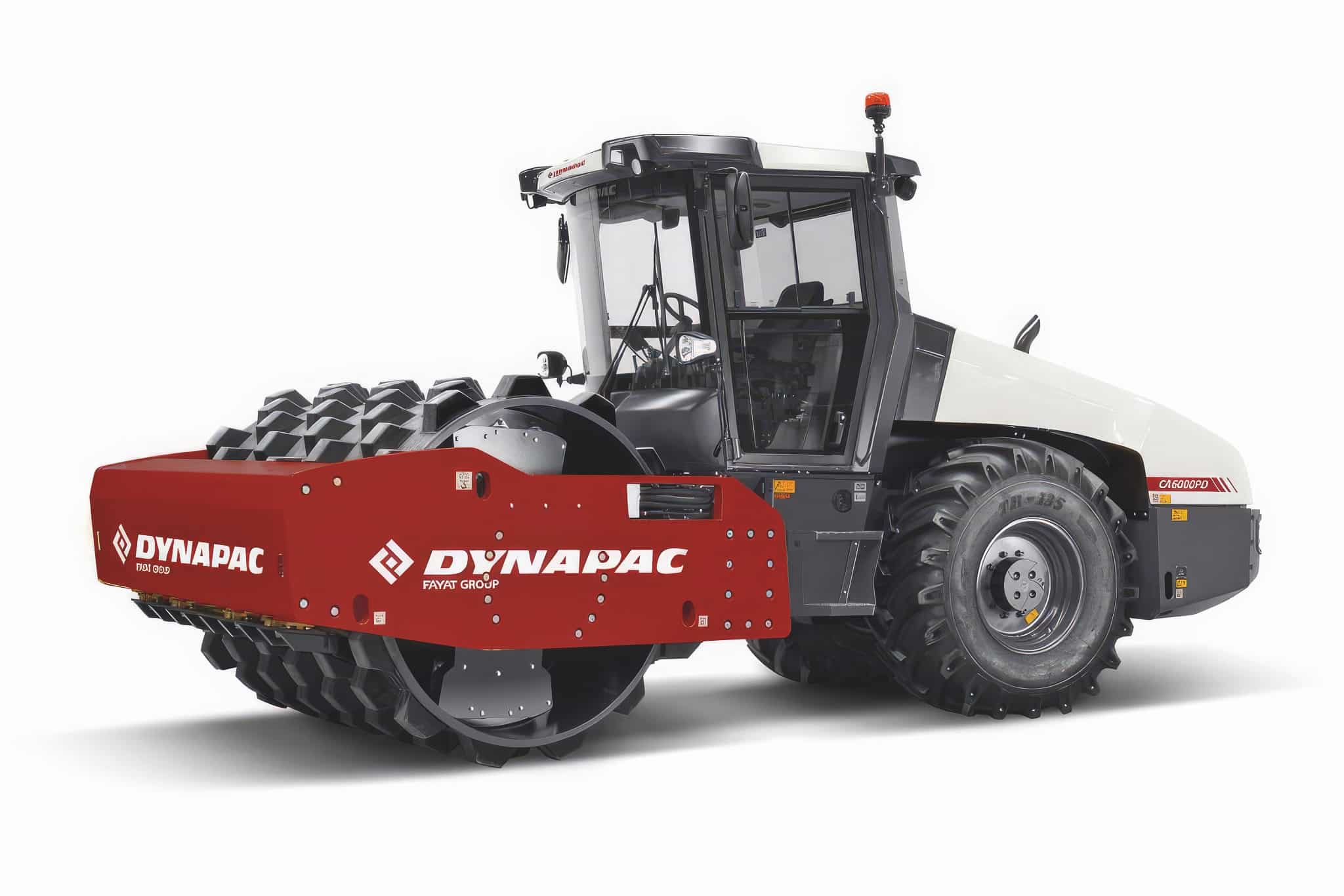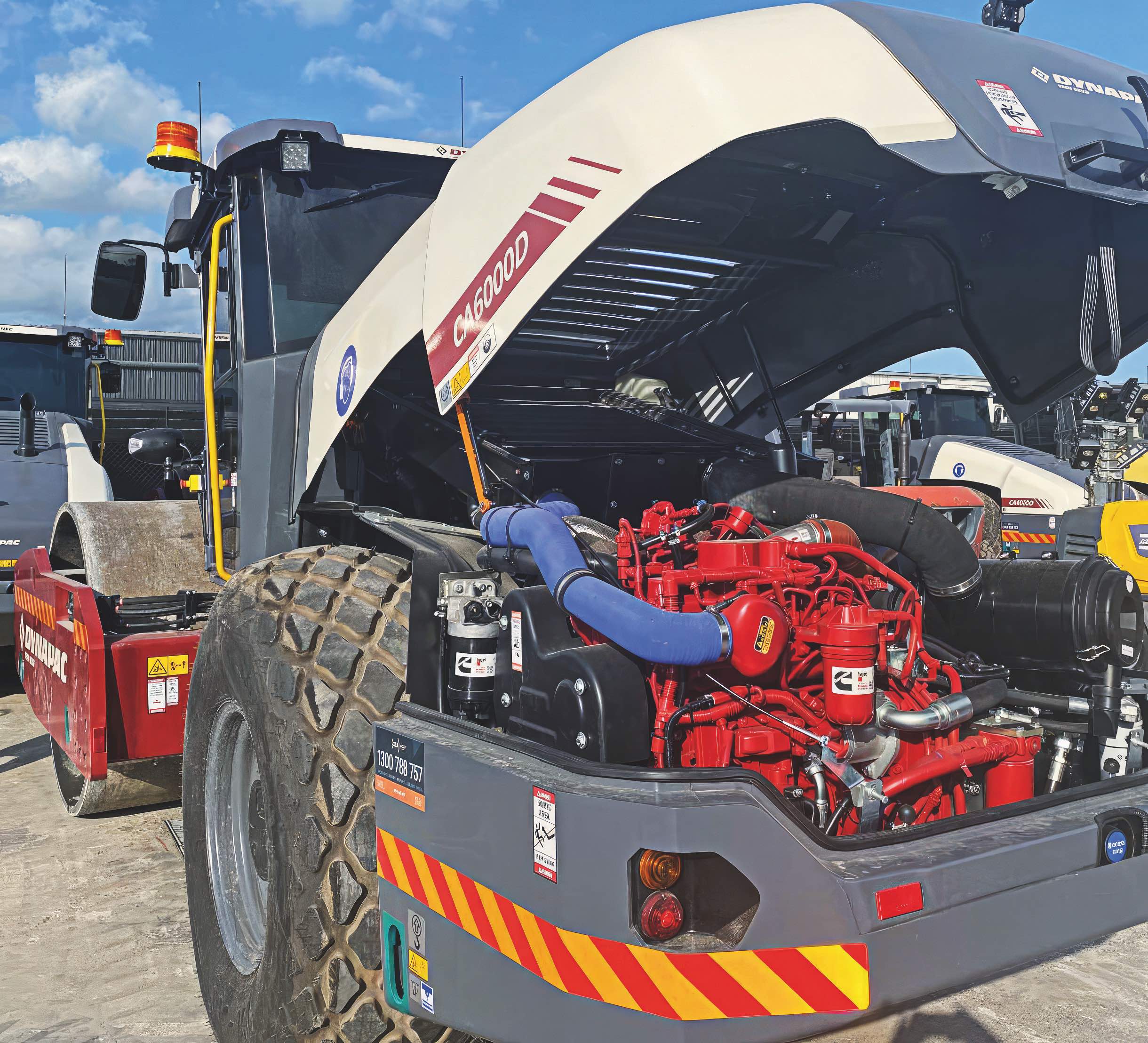Dynapac: The future of rollers

This post was originally published on this site
In striving for optimum sustainability, Transport NSW has purchased 38 Soil and Asphalt double drum rollers from Dynapac CEA. So why and how did Dynapac fit the bill? Roads & Infrastructure finds out.
Dynapac’s long history of delivering high-quality products and services that contribute to customers’ sustainable productivity remains at the forefront of its brand promises.
Dynapac, much like its partners in the public and private sectors, shares an ambition towards greener and greater outcomes for construction projects. One such partner is Transport NSW.
Through its Transport Sustainability Plan, annual reporting and Transport Net Zero and Climate Change Policy, Transport NSW upholds its mission to remain eco-friendly.
Following federal guidelines to use clean energy on construction sites, Transport NSW follows the highest emission control standards.
Dynapac CEA is currently delivering 38 new soil and double drum rollers, all with Stage V engines, to Transport NSW, in line with the authority’s mission to lead the development of safe, efficient and sustainable transport systems for New South Wales citizens.

Kerry McCauley, Dynapac CEA Brand Leader, says it was an important component of the tender for Transport NSW to have rollers equipped with Stage V engines.
“In Australia the legislation requires a minimum of tier three engines, that is the standard engine and the type most companies choose to go with,” she says.
“However, Transport NSW opted to buy all Stage V engines so they can meet the highest environmental criteria possible. They wanted the cleanest energy we could give them.”
Getting started
This time last year Dynapac CEA, along with a collection of other manufacturers, gathered to meet with Transport NSW to undergo a product demonstration. Present at this demonstration were a selection of Dynapac’s Soil and Double Drum Rollers.
As McCauley explains, Dynapac was a front runner from the beginning, for multiple reasons.
“To win the tender you had to score well not only from an operators’ perspective, but also on all service points,” McCauley says.
“Transport NSW found our operator assessments to be best in class in terms of ergonomics, operator platform, visibility, and comfortability,” she says.
Related stories:
Daniel Axiak, Regional Manager Oceania, Dynapac says Transport NSW required 42 new Soil and Double Drum Rollers, 38 of which were chosen from Dynapac.
“The 38 rollers will be used for Transport NSW’s replacement program, which involves mostly rehabilitation and maintenance programs working on existing roads across regional road networks,” he says.
“While Transport NSW might use the rollers to build some new roads, the rollers will mostly be used for the rehabilitation of current existing road infrastructure.”
Soil Rollers included in the tender were a mix of smooth drum rollers, which provide pressure to the soil by compacting it to produce an even and uniform surface, as well as versatile Padfoot rollers, which cater for a range of applications on cohesive materials such as clay, silt and disintegrated rock.
The order included a mix of CA1300PDB – five tonne, CA4000D 13 tonne Smooth Drums, CA5000D 16 tonne Smooth Drums and CA6000D 19 tonne Smooth Drums.
Padfoot rollers listed in the order include CA4000PD 13 tonne Padfoot’s, CA5000PD 16 tonne Padfoot’s, CA6000PD 19 tonne Padfoot’s, CP1200W – Pneumatic Tyre Rollers and D.ONE – Trench rollers.
Soil Rollers
Dynapac’s current soil roller range is the fifth generation of Dynapac CA single drum vibratory rollers.
With unique features such as cross-mounted engines to provide optimal serviceability access and 180-degree rotating operator station, Dynapac’s single drum vibratory rollers provide comfort when working on the toughest compaction applications.

McCauley says this tender has reinforced the strong working relationship Dynapac CEA has had with Transport NSW, as well as Dynapac’s innovation in the roller market.
“From the operator’s perspective the rollers ticked every box, from the ergonomics to the comfort, the design and more. One of the standout features which Dynapac has is its crossed-mounted engine,” she says. “All filters, oils and fluids can be checked and changed from the ground level, making it convenient and easy for operators.
“Plus, the position of the combustion air intake has the advantage of keeping the inlet air as clean as possible, while giving optimal weight distribution.”
Double Drum
Transport NSW selected two types of Double Drum Rollers, which Axiak says have been designed with efficiency in mind.
“That being operators’ and application efficiency, service efficiency and compaction control efficiency,” he says.
Across the range the machines are manufactured with unique designs to provide excellent visibility and increased serviceability.
Axiak says the Dynapac double drum rollers provide a range of machines from 1655 kilograms, up to 12,400 kilograms and with combination options available across the entire range.
“Double drums are used after the soil rollers, for the finishing process and preparation for spray seal, and paving large sections of the road maintenance,” he says.
“The rollers are designed to meet the construction industry’s tough conditions with the operator in mind, resulting in a robust, comfortable and modern machine with the best compaction results.”
Axiak adds that the rollers will be spread around different sites as far north as Ballina, south to Bega and as far west as Broken Hill.
“Roads and Maritime Services (RMS) will be doing base course material compaction, which can be done with a multitude of different materials, whether that be rock fill or soil,” he says.
This article was originally published in the October edition of our magazine. To read the magazine, click here.
This article was originally published in the October edition of our magazine. To read the magazine, click here.
This article was originally published in the October edition of our magazine. To read the magazine, click here.
This article was originally published in the October edition of our magazine. To read the magazine, click here.
This article was originally published in the October edition of our magazine. To read the magazine, click here.
This article was originally published in the October edition of our magazine. To read the magazine, click here.
This article was originally published in the October edition of our magazine. To read the magazine, click here.
This article was originally published in the October edition of our magazine. To read the magazine, click here.
This article was originally published in the October edition of our magazine. To read the magazine, click here.
This article was originally published in the October edition of our magazine. To read the magazine, click here.
This article was originally published in the October edition of our magazine. To read the magazine, click here.
This article was originally published in the October edition of our magazine. To read the magazine, click here.
This article was originally published in the October edition of our magazine. To read the magazine, click here.
This article was originally published in the October edition of our magazine. To read the magazine, click here.
This article was originally published in the October edition of our magazine. To read the magazine, click here.
This article was originally published in the October edition of our magazine. To read the magazine, click here.
This article was originally published in the October edition of our magazine. To read the magazine, click here.
This article was originally published in the October edition of our magazine. To read the magazine, click here.
This article was originally published in the October edition of our magazine. To read the magazine, click here.
This article was originally published in the October edition of our magazine. To read the magazine, click here.
This article was originally published in the October edition of our magazine. To read the magazine, click here.
This article was originally published in the October edition of our magazine. To read the magazine, click here.
This article was originally published in the October edition of our magazine. To read the magazine, click here.
This article was originally published in the October edition of our magazine. To read the magazine, click here.
This article was originally published in the October edition of our magazine. To read the magazine, click here.
This article was originally published in the October edition of our magazine. To read the magazine, click here.
This article was originally published in the October edition of our magazine. To read the magazine, click here.
This article was originally published in the October edition of our magazine. To read the magazine, click here.
This article was originally published in the October edition of our magazine. To read the magazine, click here.
This article was originally published in the October edition of our magazine. To read the magazine, click here.
This article was originally published in the October edition of our magazine. To read the magazine, click here.
This article was originally published in the October edition of our magazine. To read the magazine, click here.
This article was originally published in the October edition of our magazine. To read the magazine, click here.
This article was originally published in the October edition of our magazine. To read the magazine, click here.
This article was originally published in the October edition of our magazine. To read the magazine, click here.
This article was originally published in the October edition of our magazine. To read the magazine, click here.
This article was originally published in the October edition of our magazine. To read the magazine, click here.

Responses